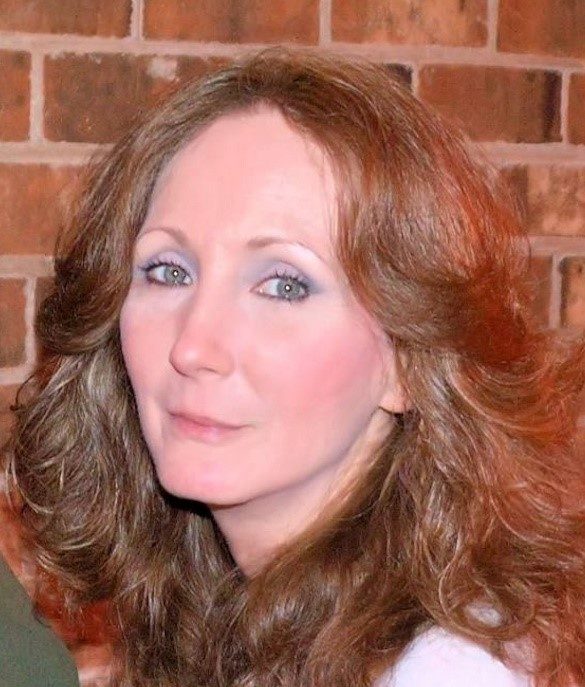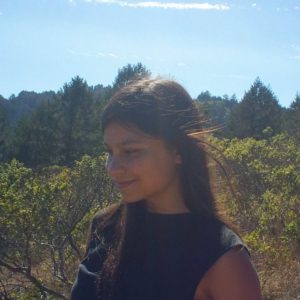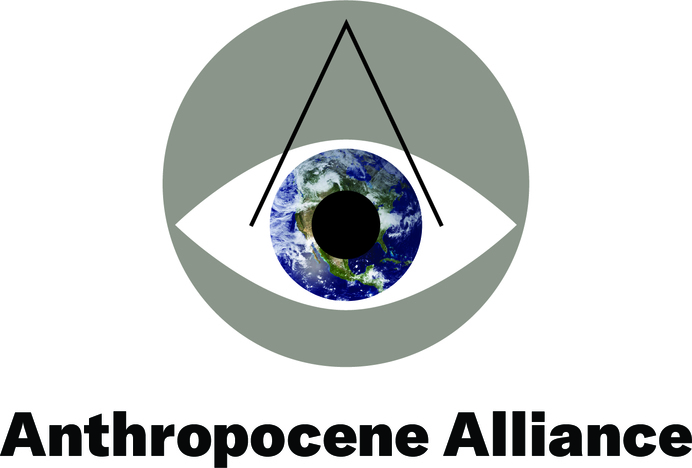Apply now to join our next cohort of Community Science Fellows and Community Leads!

Flooding in the Island Green community and one of the development sites (center) as observed by residents in August 2021. Credit: Charles Slate (middle) and Bernadette Sandlass (left & right)
This project seeks to assess how a new housing development in the Island Green community will affect flooding and storm water impacts in the community and adjacent wildlife refuge. The project should provide residents and county officials more knowledge about the flooding hazards and safety challenges in the Island Green community.
Island Green is a community of around 1200 homes near Myrtle Beach, South Carolina. The community, located next to the Waccamaw Wildlife Refuge, has abundant wildlife living within its bounds, including endangered and protected species. Due to its proximity to the wetlands, Island Green residents often face issues with flooding. The community also has only one two-lane access road, posing a safety hazard for residents.
A developer is starting construction on abandoned golf courses in the community with plans to add around 400 new homes. The residents are concerned about the effects of the development on the already present flooding and safety issues as well as impacts on the wildlife. Several long-term residents have been considering moving due to these issues and the development in the community.
Some of the residents of Island Green and adjacent neighborhoods, led by Dawne Dunton, have come together to form a group called Saving Island Green Wildlife & Beyond that aims to address these issues. A previous group of residents voiced their concerns to the county Planning Commission when the development was in its approval stages both by attending commission meetings and by sending letters to commission members. Ultimately, they were unsuccessful in addressing the single-entry road issue or limiting or stopping the new development. The community hopes that this project, along with other support, can help them successfully address the issues facing the community.
April 29, 2021 – Rare bird, new homes, flooding, snails: Development collides with the environment in Island Green
April 6, 2021 – 25 HOA’s, one access road: Island Green residents protest additional development
July 12, 2019 – Planning commission gives go-ahead for developer to bring hundreds of new homes to Island Green
May 31, 2019 – More than 400 new Island Green homes appear to move forward despite road dispute
May 30, 2019 – ‘It isn’t safe’: Plans for Island Green approved after tied vote
April 26, 2019 – Proposal to bring hundreds of new homes in the works for Island Green
The community would like to evaluate the potential effects of the new housing development on flooding and stormwater runoff on the built and natural environment in the Island Green community and adjacent areas. The result of this project will likely be a report that could be used by the residents, the Horry County Council, and the county’s Planning Commission to understand how current and future development will affect flooding in the community and the surrounding environment. This project will provide support to the community in addressing their concerns and will serve as an example for communities that find themselves in similar situations.
Find a scientist to collaborate with: May 2021
 Dawne Dunton – Saving Island Green Wildlife & Beyond
Dawne Dunton – Saving Island Green Wildlife & Beyond
Dawne has lived in the Myrtle Beach area since 2008 and in the gated community of Island Green since 2019. Being a nature photographer, she was immediately struck by the amazing trees, flowers, and abundance of wildlife that live on acres of an abandoned golf course behind her home. She has photographed Otters, Southern Fox Squirrels, Wood Storks, Red-Shouldered Hawks, the American Alligator, White-Tailed Deer, and most recently the rare-to-South-Carolina Limpkin, all in her community of Island Green. She founded the group “Saving Island Green Wildlife and Beyond” after witnessing surveyors harassing an alligator in a pond behind her home and learning that development was going to replace the natural beauty of Island Green. From a previous group, she learned the community was already overdeveloped, had safety issues, and was prone to flooding. Dawne did not have any experience in these types of issues, but she wasn’t going to let that stop her. She started doing her own research and taking her camera to document everything she finds no matter how insignificant. Among other things, she has documented a previously forgotten tram line that is now recorded with the South Carolina Institute of Archeology and Anthropology, Peach Creek which is a natural creek that runs through the area, and the Limpkins which are exhibiting breeding behavior. Dawne has created a coffee table book “What I See In Island Green” about Island Green that exhibits some of her many photos and is available for purchase on Amazon. Dawne believes what is happening in Island Green is wrong and will continue to fight for this community’s safety, to end their fear of flooding, and hopefully at the same time to save the beautiful wildlife and nature.
Steve Emerman is the owner of Malach Consulting and former Associate Professor of Hydrology at Utah Valley University.
 Gabrielle Tepp
Gabrielle Tepp
Gabrielle enjoys exploring new ideas and figuring out how things work and interconnect. Most recently, she was a Mendenhall post-doctoral fellow at the U.S. Geological Survey where she conducted research on volcano seismology and acoustics and assisted with volcano monitoring and eruption response. Prior to this, Gabrielle completed her PhD in physics at the University of Rochester. She then spent time as a Mirzayan S&T Policy Fellow at the National Academy of Sciences where she worked on projects related to natural hazards education and outreach, particularly earthquakes. She hopes to continue finding ways to connect people and science for the benefit of society.
Sheelah Bearfoot – Anthropocene Alliance
 Sheelah is a program manager at Anthropocene Alliance. She graduated with a degree in Genetics and Plant Biology from UC Berkeley in 2016. She’s Chiricahua Apache, and worked at the Native American Health Center in San Francisco for two years as a diabetes educator before starting a master’s in Environmental Health Science at Hopkins, where she continued her focus on Indigenous health disparities. \
Sheelah is a program manager at Anthropocene Alliance. She graduated with a degree in Genetics and Plant Biology from UC Berkeley in 2016. She’s Chiricahua Apache, and worked at the Native American Health Center in San Francisco for two years as a diabetes educator before starting a master’s in Environmental Health Science at Hopkins, where she continued her focus on Indigenous health disparities. \
 Alexis Hidalgo – Anthropocene Alliance (Former)
Alexis Hidalgo – Anthropocene Alliance (Former)
Alexis is the Program Manager for Anthropocene Alliance, the nation’s largest coalition of frontline communities fighting for climate and environmental justice, of which Saving Island Green is a part of. She hopes to support in any way possible the incredible work that Dawne is doing to merge science and advocacy in her community.
 Anthropocene Alliance is the nation’s largest coalition of frontline communities fighting for climate and environmental justice composed of 70 communities in 23 states and Puerto Rico. They assist communities in understanding and addressing the impacts of flooding, water contamination, air pollution, and wildfires. The Anthropocene Alliance’s goal is to bring frontline communities together and amplify their voices so they can have safe, healthy, and equitable communities.
Anthropocene Alliance is the nation’s largest coalition of frontline communities fighting for climate and environmental justice composed of 70 communities in 23 states and Puerto Rico. They assist communities in understanding and addressing the impacts of flooding, water contamination, air pollution, and wildfires. The Anthropocene Alliance’s goal is to bring frontline communities together and amplify their voices so they can have safe, healthy, and equitable communities.
(c) 2024 Thriving Earth Exchange